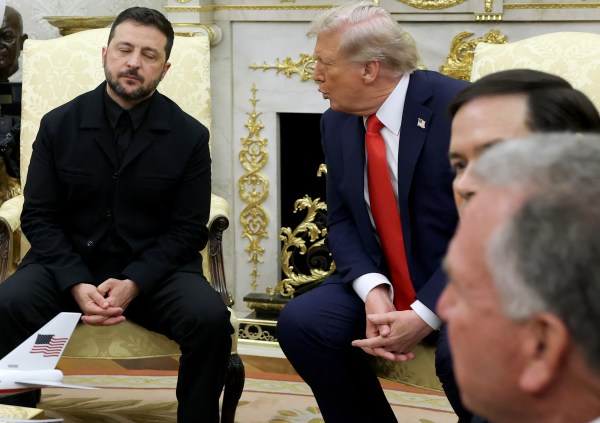A central question at today’s confirmation hearing for Miguel Cardona, President Biden’s pick for education secretary, will be whether the nation’s public schools have enough funding to reopen during the pandemic.
Biden has proposed $130 billion in new emergency funding to help schools meet his goal of reopening within 100 days as part of his $1.9 trillion stimulus plan. On Monday, House Speaker Nancy Pelosi and Senate Majority Leader Chuck Schumer initiated the budget reconciliation process, which could be used to pass much of the administration’s spending package without support from Republicans as soon as next week.
Biden has described his plan as a necessary step to reopen the nation’s schools and economy.
But if sufficient funding were the only issue, all of the nation’s schools would be open by now.
A review of U.S. Department of Education data by the Foundation for Research on Equal Opportunity shows that state departments of education currently have between $53 billion and $63 billion in available unspent federal funds from emergency spending packages passed in March and December. Moreover, state education agencies have been slow to spend emergency funds that they’ve already received.
Three months into the current school year, state education departments had spent only $3 billion of the $12.8 billion that Congress awarded in the spring. Some states, such as New York and Vermont, have spent less than 1 percent of the Elementary and Secondary School Emergency Relief (ESSER) funds included in the March CARES Act. In Connecticut, where Cardona has served as commissioner, the state has spent $21 million of the $111 million that the Department of Education awarded on May 6.
In December, Congress passed a second stimulus package, which provided another $54 billion in ESSER funds for state education agencies. The Department of Education announced each state’s allocation on January 5.
Based on what was unspent as of November 30 and the new funding provided last month, state education agencies should have from $53 billion to $63 billion in available emergency funds.
That should be enough to take adequate safety precautions to safely reopen the nation’s public schools. In December, the CDC estimated that implementing its recommended mitigation strategies in pre-k and K-12 schools would cost between $55 to $442 per child. With approximately 51 million K-12 public school students across the nation, ensuring these safety measures are taken at all schools should cost roughly $23 billion. And that is if you use the highest amount and discount that many districts already have some form of in-person learning available.
Members of the Senate Health, Education, Labor, and Pensions Committee should ask Cardona why states have been slow to use the emergency funding that Congress provided last spring. They should also question why another $130 billion is needed if state education agencies already have at least $53 billion available.
Millions of American children have been out of school for more than 10 months. Disadvantaged children have likely lost as much as a year’s worth of academic progress during that time. We are only beginning to appreciate the staggering personal and collective long-term costs of the learning losses due to prolonged school closures. Any additional federal emergency education aid should focus on immediately remediating these learning losses.
Cardona has a responsibility to explain to millions of American parents and children why their public schools remain closed. A lack of federal emergency aid isn’t the reason.
Dan Lips is a visiting fellow at the Foundation for Research on Equal Opportunity.






Please note that we at The Dispatch hold ourselves, our work, and our commenters to a higher standard than other places on the internet. We welcome comments that foster genuine debate or discussion—including comments critical of us or our work—but responses that include ad hominem attacks on fellow Dispatch members or are intended to stoke fear and anger may be moderated.
With your membership, you only have the ability to comment on The Morning Dispatch articles. Consider upgrading to join the conversation everywhere.